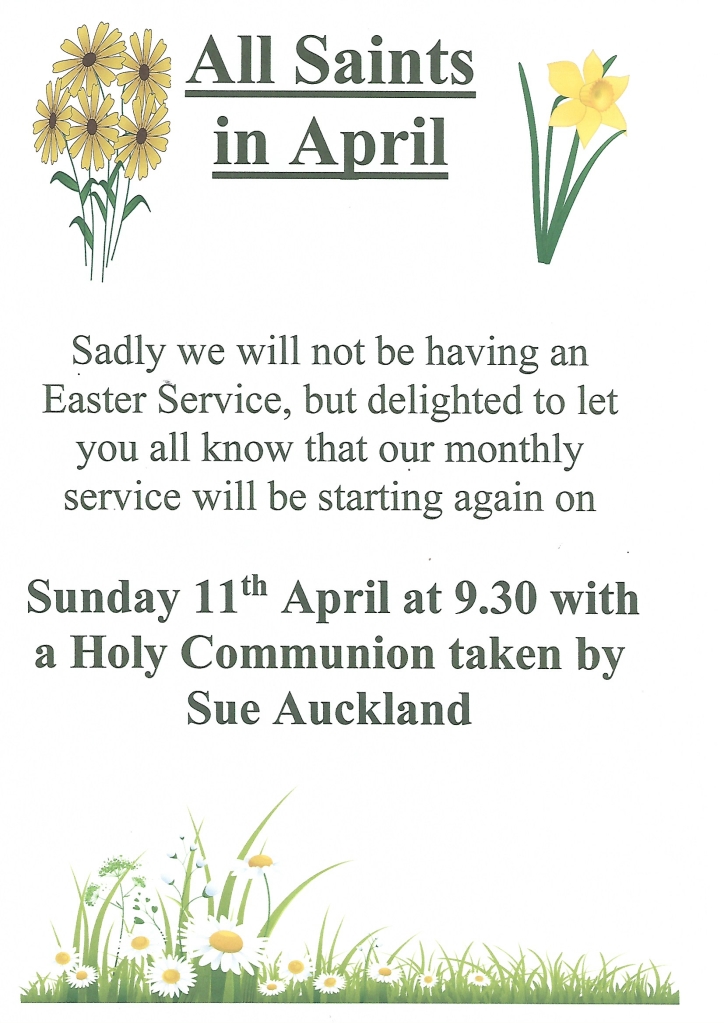It does of course go without saying that we all wish you a Happy New Year.
One of the impacts of Tier 4 status has ben he decision to cancel Services for the time being. Whilst the current legislation allows services to take place it does rather go against the rest of the regulations when it concerns meeting up, we were also mindful of the need to heed the “Stay at Home” message. Be assured that we will be back once the dust has settled a little.
Whilst we were not permitted to have a Carol Service we did manage a Festive Service of Evensong. So although we had to jump through a few hoops which included reducing capacity by some very considerable way we had a lovely service and were almost full to capacity.
Some time ago when the team arrived in the Church to clean they found two large flints and other debris on the floor at the back of the Church. Clearly they had come off the western end of the Nave but close inspection with binoculars failed to spot their origin. Whilst we always welcome visitors and worshipers, we felt that we should not add the prospect of personal injury by the appearance of any further debris, so needed to find out what was going on. On investigation it was discovered that the falling items had come from the top of the Nave wall. The Nave roof was replaced in 1880 (I have the cost somewhere) but the tops of the wall were left as loose rubble rather than being cleaned off and secured with mortar. Happily, we found someone locally who could not only get up there and investigate but most importantly could effect the necessary repairs. I can now assure all visitors that there is no risk of injury from flying flints etc when visiting All Saints.
The Church yard very sensibly is in sleep mode but delighted to spot the early Daffodils at the front which always precede our Snowdrops and Aconites.
Our very best wishes to you all and our thoughts are very much with those of you who have suffered as a result of the weather before Christmas.
Simon




